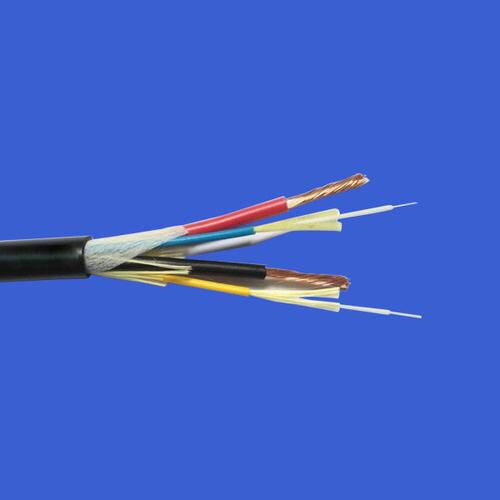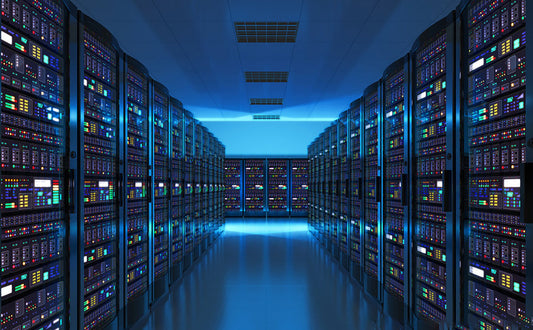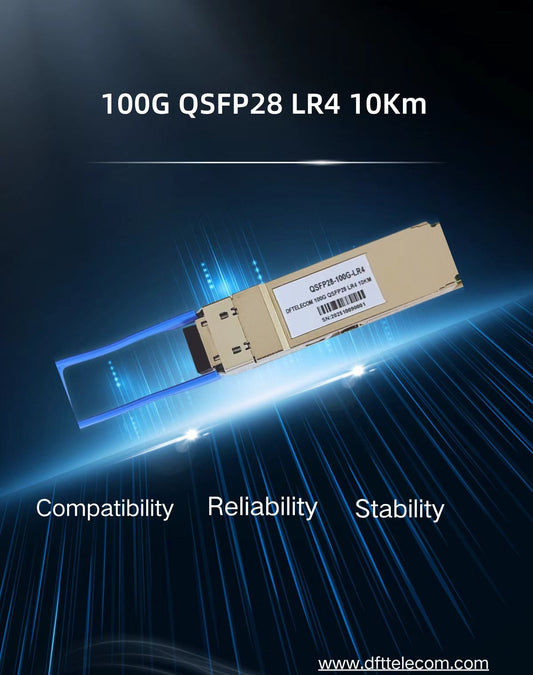Demands for high bandwidth keep increasing. Legacy Cat5 and Cat5e patch cables are no longer catered to 10Gbps, which calls for new specifications of twisted pair copper cabling. Ethernet cable with higher bandwidth such as Cat6, Cat6a, and Cat7 cables are introduced for high-speed applications of 10GBASE-T. What are the differences between Cat6 vs Cat6a vs Cat7 Cables? Should I choose Cat7, Cat6 or Cat6a as 10G Ethernet cables?
A Brief Introduction to Cat6 vs Cat6a vs Cat7
To put it simple, the twisted pair specifications: Cat6 (Class E), Cat6a (Class EA), and Cat7 (Class F) all support 10GBASE-T applications with differentiated performances.

Check the below chart to get a full understanding of the specifications and typical applications of Cat6 vs Cat6a vs Cat7.
.Cat6 supports 10BASE-T, 100BASE-TX, 1000BASE-T, and 10GBASE-T standards, frequencies up to 250 MHz, and it can handle up to 10 Gbps in conditions of throughput with the utmost cable length of 55 meters.
.Cat6a is a 10 Gigabit Ethernet over Copper proposal to the Cat6 standard. Cat6a cable is designed to support frequencies of up to 500 MHz, twice that of Cat6, which can support up to 100 meters when transmitting 10Gbps.
.What is Cat7? Cat7 cable supports transmission frequencies of up to 600 MHz. It supports 10GBASE-T Ethernet over the full 100 meters featuring improved crosstalk noise reduction.
Note:
ALL backward compatible - you can plug a newer twisted pair cable into a device that is designed for a slower cable.
The fastest Ethernet cable yet is Cat8, which can support data rate up to 40Gbps, four times of Cat6a cable. If you are looking for high-speed data center and server room cabling, check out Cat8 Cable for 25GBASE-T and 40GBASE-T Network.

10GbE over Cat6 or Cat6a Cables
10GbE Cat6 cabling indeed costs less than 10GbE Cat6a cabling. However, say that if you gamble on running 10Gbps over Cat6 cabling, you'll have to replace all the Cat6 components when it does not work, which will cost much more than directly using Cat6a cabling.
In a word, 10GBASE-T cable Cat6 vs Cat6a, the former is not suggested to be used in some of the 10GBASE-T applications due to its limitations. The minimum grade of cabling to be deployed in a 10GBASE-T network should be Cat6a cable. As for which kind of Cat6a 10GBASE-T cable to use, you may refer to How to Choose the Right Category 6a Cable for Your 10G Networks.
Cat6a vs Cat7, How to Choose?
Actually, the Cat7 standard was ratified to support 10Gbps over 100 m earlier than Cat6a. A major advantage of the Cat7 cable is that it has the shield for each of the four wire pairs and for the four pairs as a whole, making it better in noise resistance but less flexible and manageable as well. Thus, 10GbE over Cat7 cable is less easy to install than Cat6a cable, while the price for Cat7 cable is much more expensive as well.
In the laboratory, Cat7 cable speed has shown the potential to reach the data rates of 40Gbps, 50Gbps, and 100Gbps. But the Cat7 cable itself only provides the power and speeds of the equipment and Internet-type it is working with. The Internet speed won't be improved when you only change to a faster cable but remain using slower-speed equipment. That is to say, if you're using a 10GBASE-T copper switch to connect your 10G server, you will get 10G at most whether you replace Cat6a with Cat7 or not.

10GbE over Cat7 cables
The connector type for Cat7 is slightly different from the previous two—RJ45 compatible GG45 connector. Though Cat7 cable can also use an RJ45 connector, it will be easier to terminate this cable with thick sheathing to the narrow jack in the field. Thus, you may need to hire a specialized electrician or spend a long time terminating the RJ45 jacks to Cat7 cables on your own.
So, Cat7 or Cat6a, which to choose? Most people suppose that Cat7 provides significantly more bandwidth than they need, therefore opting for Cat6a or Cat6. However, as more homes add additional technologies for their ethernet cables, such as automation, closed-circuit security devices, and personal servers, and smart home technology, Cat7 may be more appropriate. For this reason, people who foresee an increase in their bandwidth use may opt for the faster cable Cat7, while those who infrequently update technology may go with Cat6a, which is totally sufficient.
Final Thoughts
How to decide on which structured cabling system to use? Whether to install Cat6, Cat6a, or Cat7? Answer the following questions to figure out:
What current applications are being utilized?
What future applications do you foresee your organization will bring in?
What is the expected life of the building? 5, 10, 20, or even 25 years?
What is your budget or expected cost?
What growth to your network do you expect over the next five years in terms of data transmitted and the number of users?
What will be the cost be of re-installing a new network that can cope with future speeds?
Cat6, Cat6a, or Cat 7 standard Ethernet design for cabling are all available to use in 10GBASE-T copper network to maximize the ultilization of existing copper structured cabling. To strike the right balance between performance and cost, Cat6a is the preferred cable for 10GBASE-T Ethernet in Cat6 vs Cat6a vs Cat 7. In the long run, Cat6a is regarded as an ideal choice as it is seen as a future-proofed cable system.
If you're still not sure about which type of cabling solution you should choose, welcome to contact our account manager for a professional technical consult.






